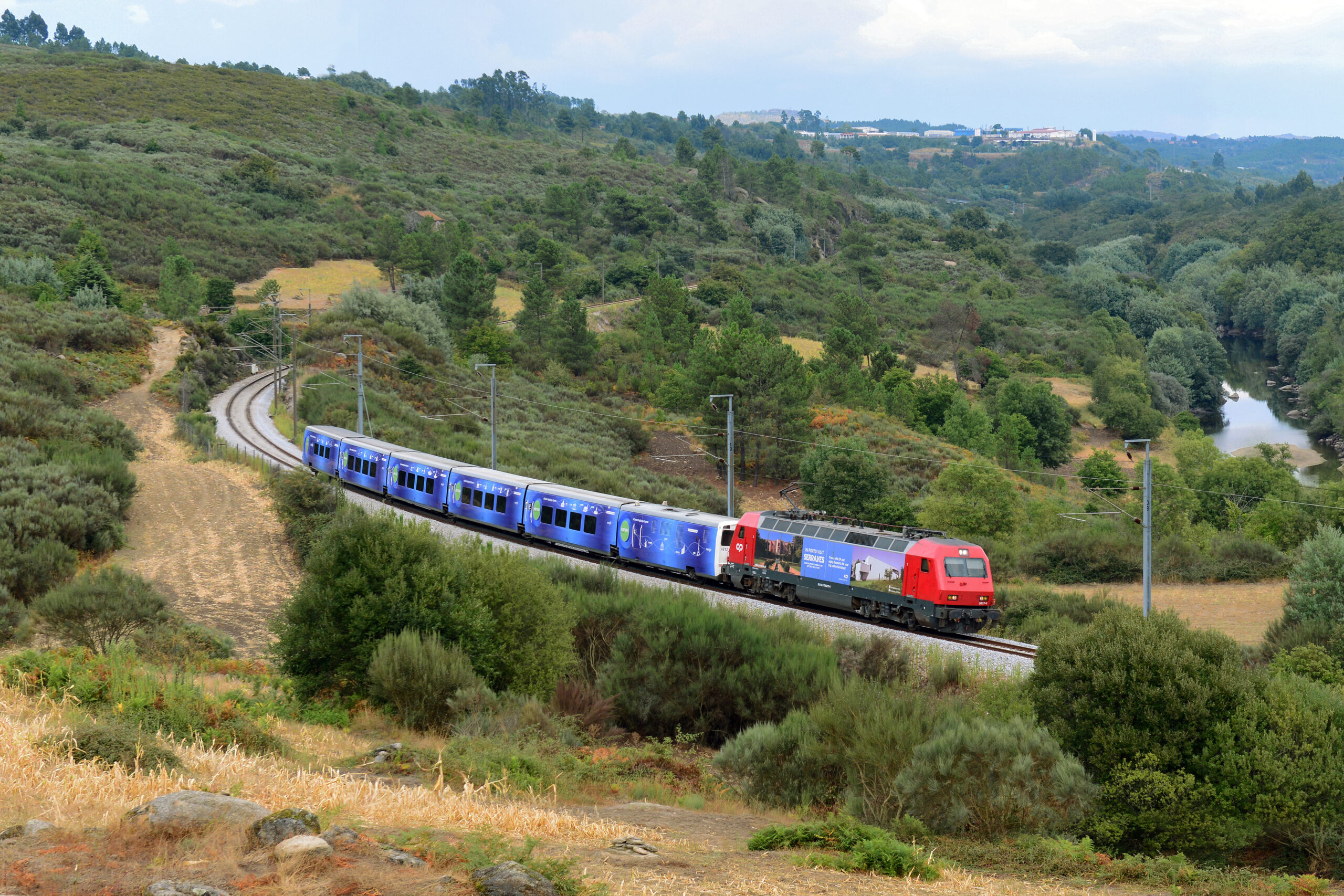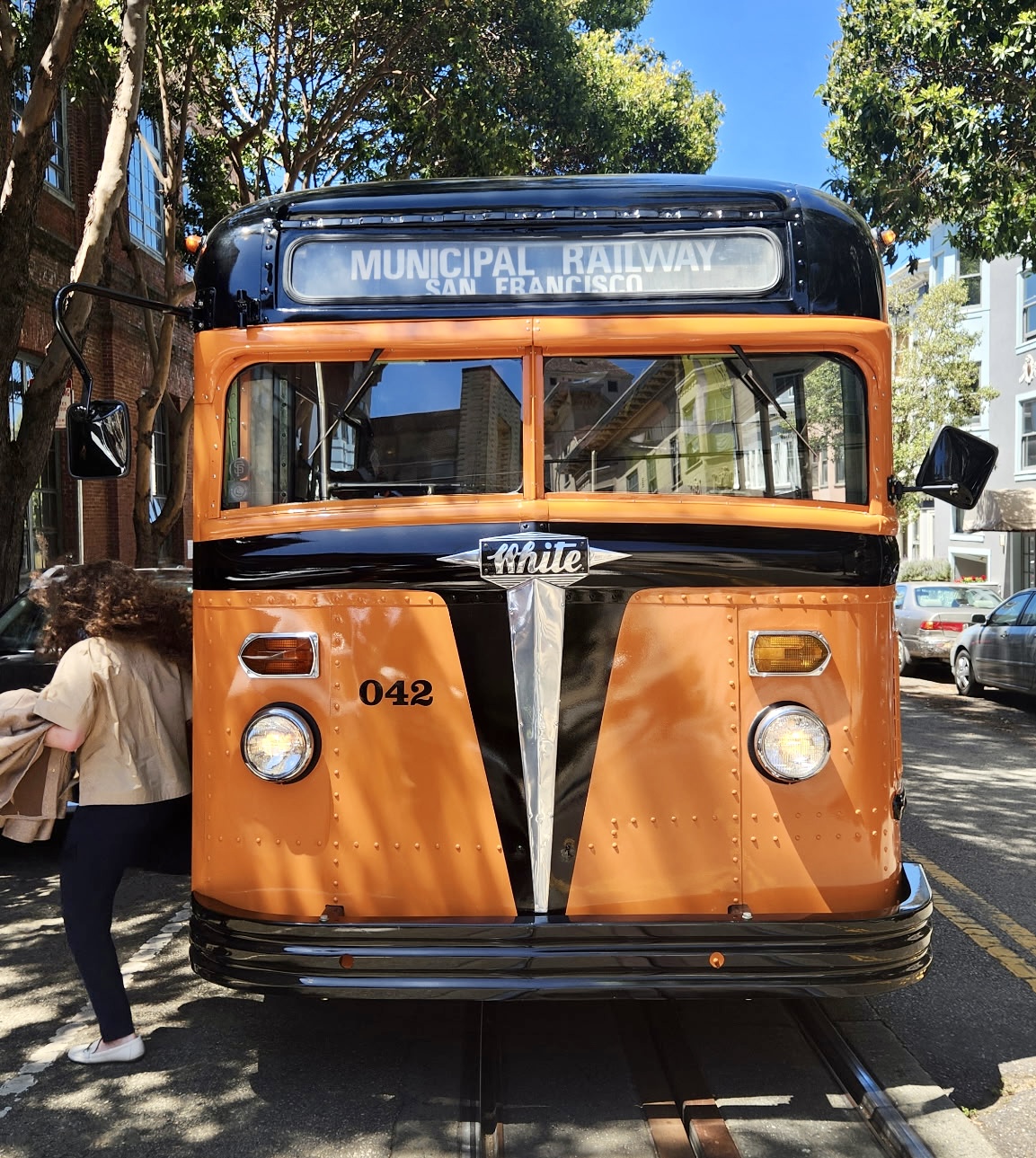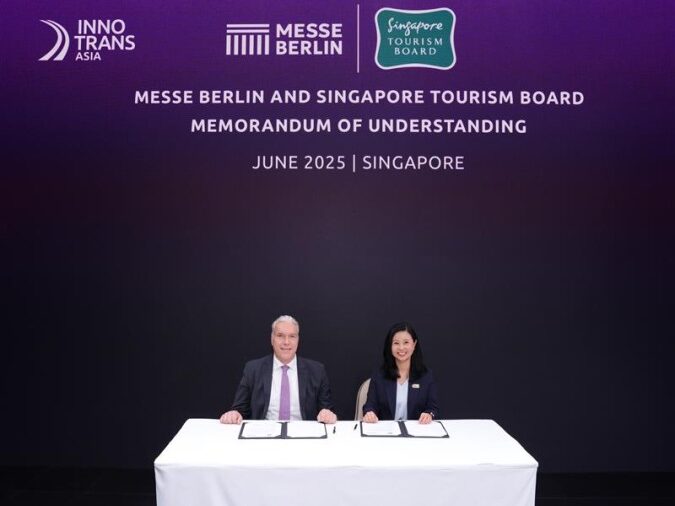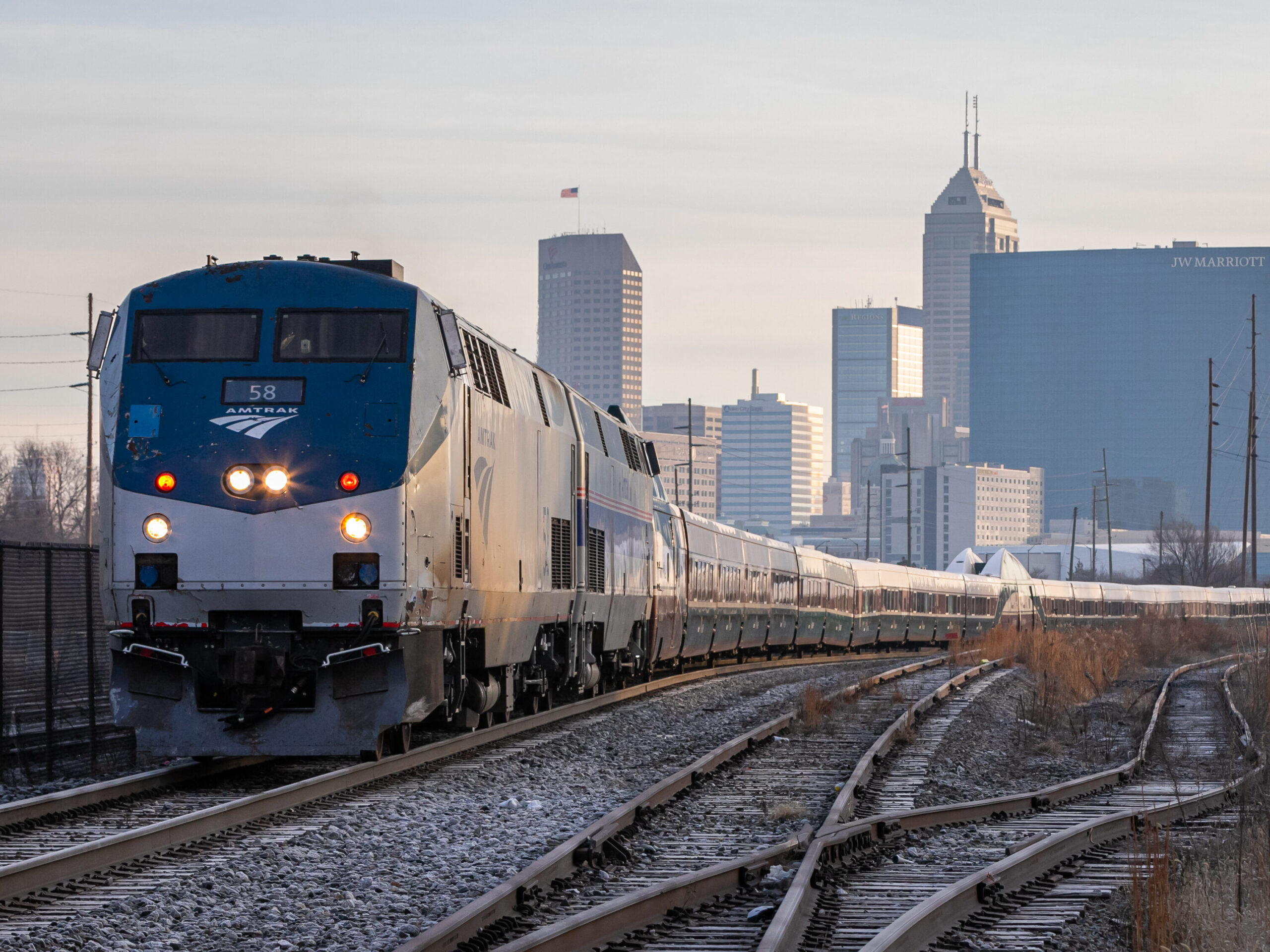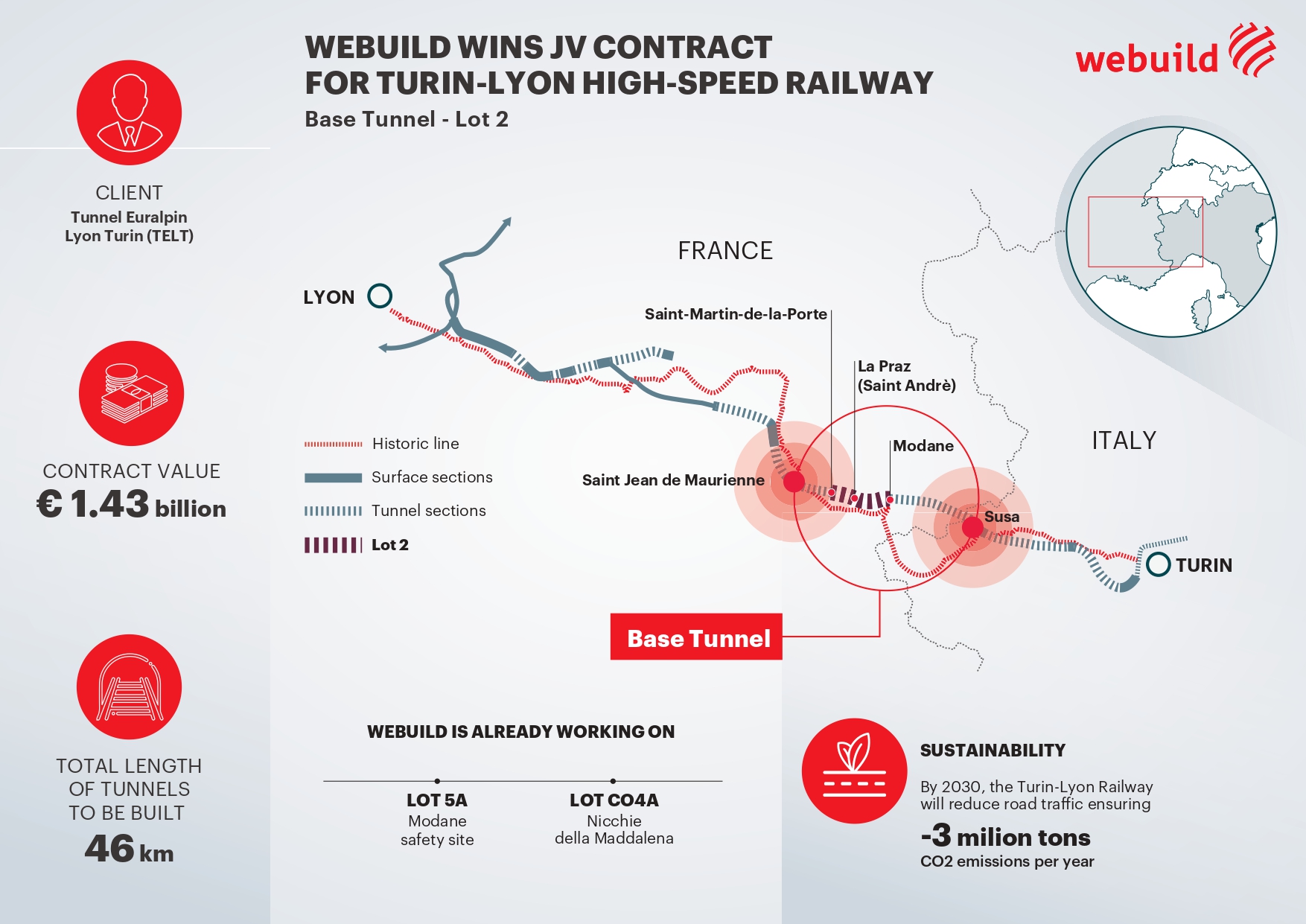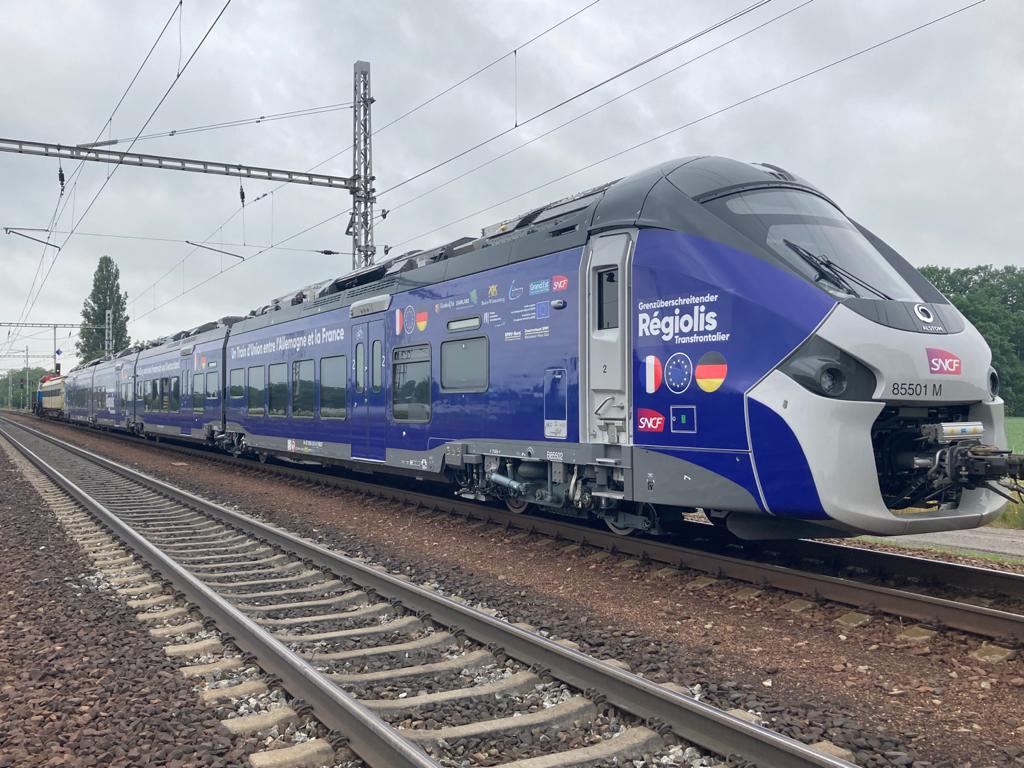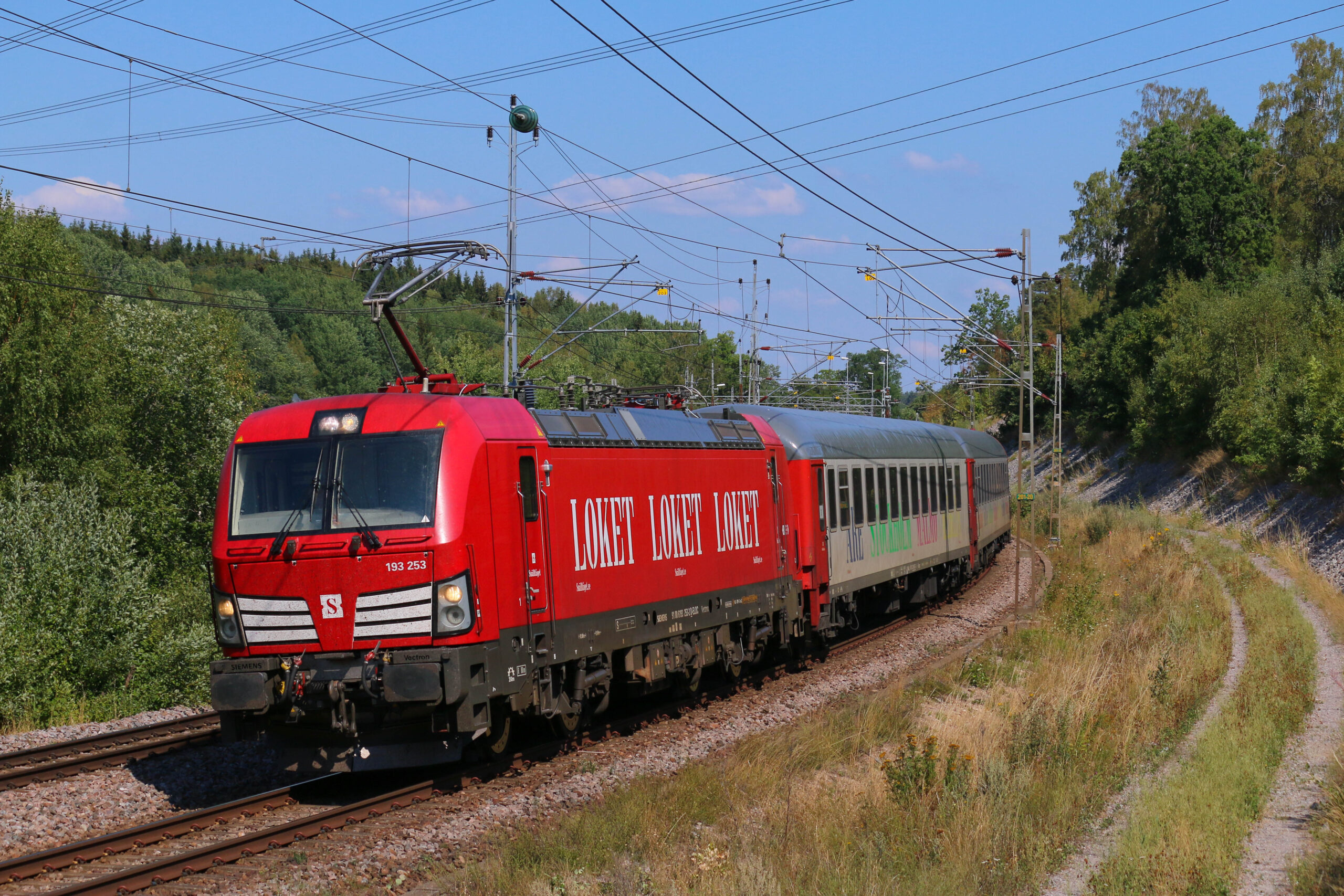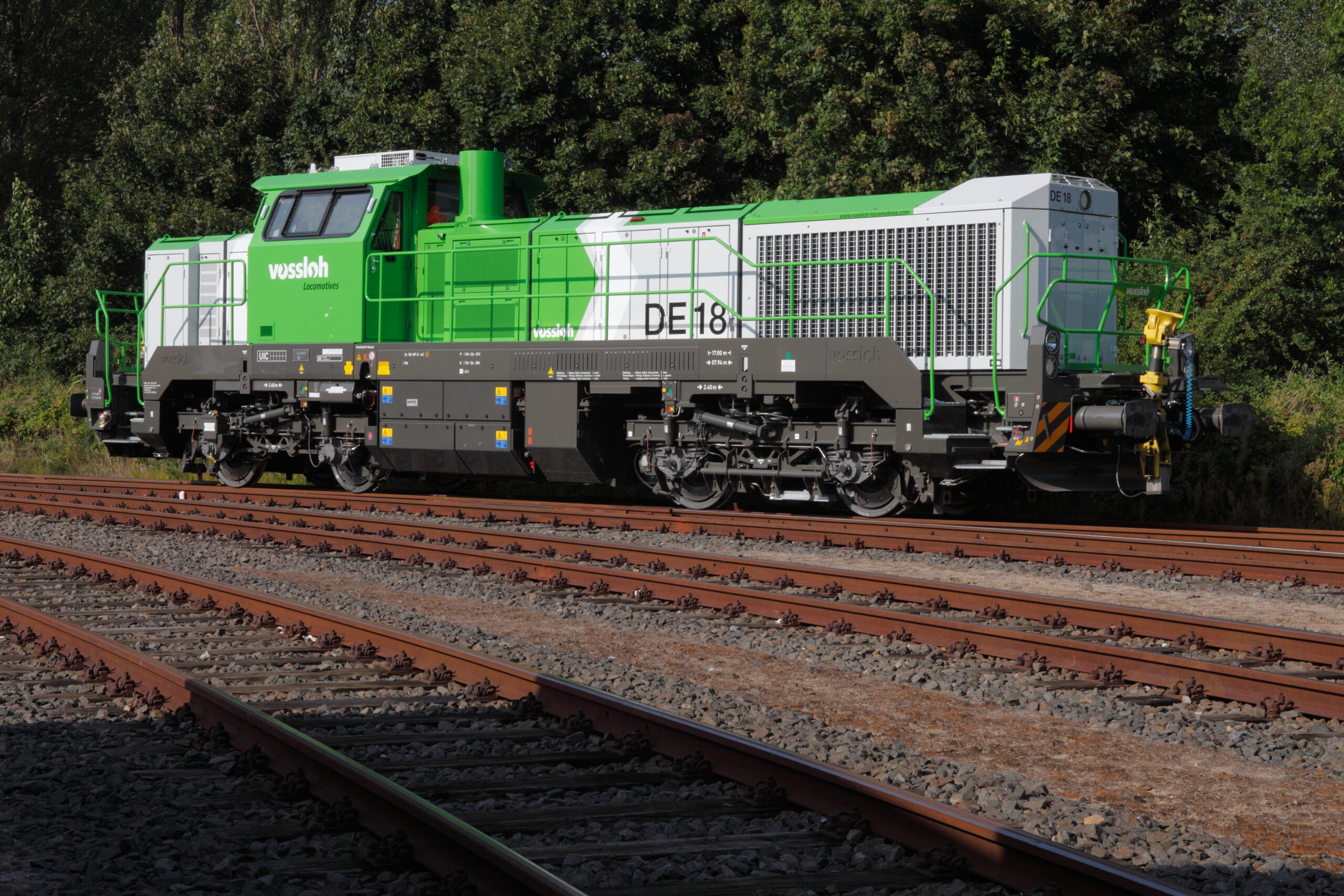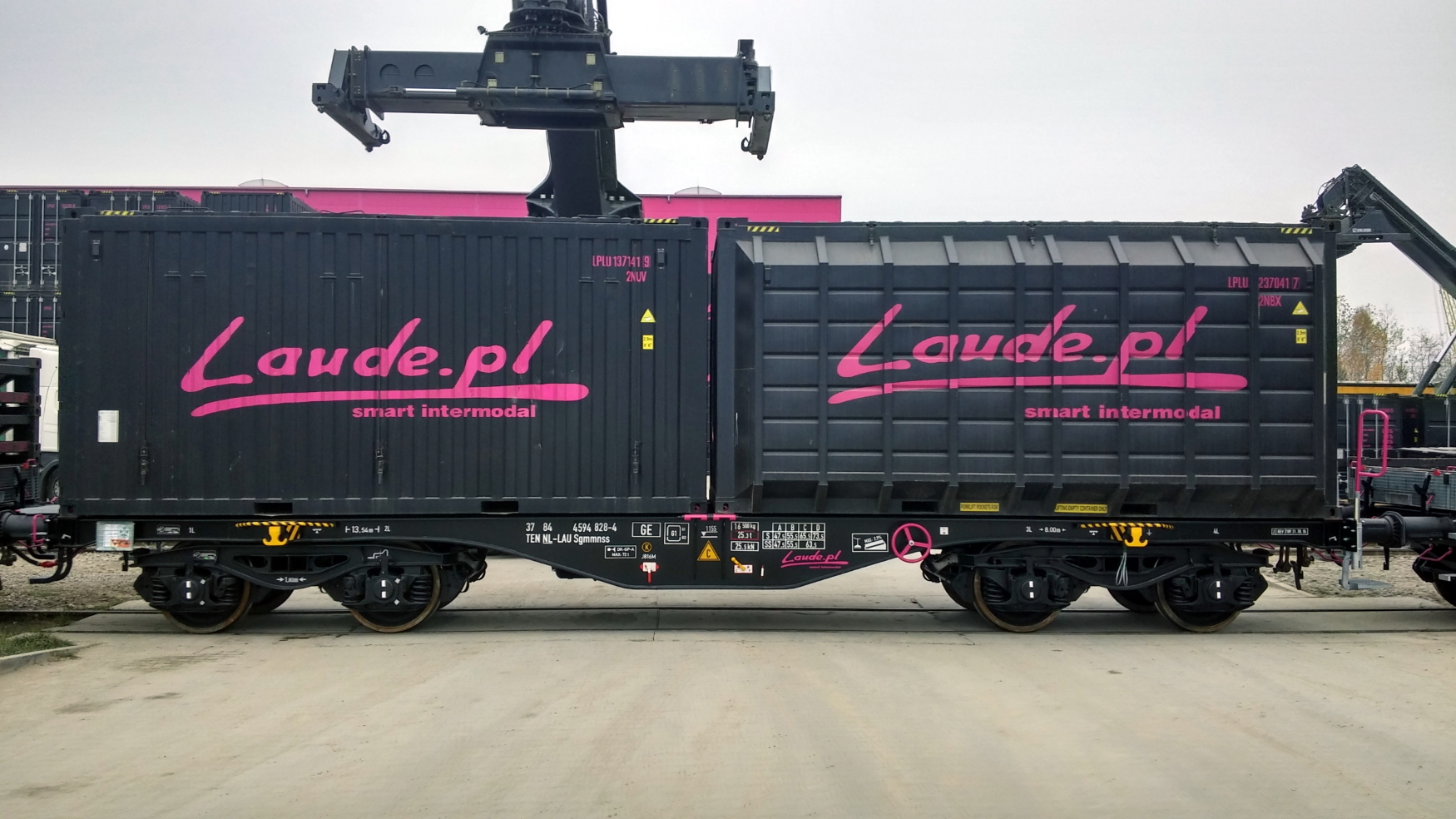TRAKO is currently taking place in Gdansk, Poland and one of the VIP guests today is the Connecting Europe Express.
In 2020 the European Commission proposed that 2021 be designated the European Year of Rail, which the European Parliament and Council approved in December.
The EU wishes to promote the use of trains as safe and sustainable transport because it sits well with its European Green Deal objectives. For instance, 25% of the EU’s greenhouse gas emissions come from transport, but only 0.4% of them come from rail. It is also the only mode of transport that has substantially reduced its emissions since 1990.
Rail is also the safest mode of land transport with 0.1 fatalities per billion passenger/km, meaning that for every 1km of railway line there will be 0.1 fatalities per 1 billion passengers per year.
The European Union is also interested in fostering cohesion between its Member States and rail connects remote areas, cementing internal and cross-border cohesion. The establishment of a unified European railway area is hampered, however, by old infrastructure, outdated business models and high maintenance costs. Highlighting these issues and the advantages of rail could help move the sector in the right direction and drive a modal shift to rail.
2021 is fitting in other ways too. It is the first year that the Fourth Railway Package – the legislative package designed to create a fully integrated European Railway Area – has been fully implemented.
Furthermore, Covid-19 demonstrated the central importance of the rail sector, with freight rail being key to keeping goods moving during the pandemic and passenger rail running services to ensure key workers could still travel to and from work.
One of the events of the European Year of Rail is the Connecting Europe Express. It departed Lisbon on 2 September and will stop in more than 100 towns and cities during its five-week journey that ends in Paris on 7 October.
Various events are planned to welcome the train at the stations it will call at. The train is equipped with a Galileo and EGNOS-enabled device. It transmits the train’s position using both European navigation satellite services – central elements to the digital rail agenda. Follow the train here.
In total, the Connecting Europe Express will visit 26 countries, crossing borders 33 times. The total journey will be more than 20,000km long. However, there will be three trains in total. That’s because the route covers three different track gauges. This fact alone demonstrates that the EU has a fair way to go towards creating a unified rail network.
After departing Lisbon, Portugal on 2 September, the Connecting Europe Express travelled to Madrid, Spain, the following day. Locomotives had to be switched in Vilar Formoso before crossing the border.
Day 3 saw the Connecting Europe Express travel to Bordeaux. Both Portugal and Spain use the Iberian gauge, but France uses standard gauge. The final gauge of the CEE will be the Baltic gauge. The ultimate goal is to upgrade both the Iberian and Baltic gauges to standard gauge. But for now, the second train of the CEE begins its journey on the Spanish-French border. This second train has a conference coach and two passenger coaches – one from Deutsche Bahn and a panoramic one from SBB.
On day 4 the Connecting Europe Express crossed into Italy, switching out the SNCF locomotive for an Italian FS locomotive in Modane before travelling onwards to Turin. Days 5, 6 and 7 are full Italian days, with the CEE travelling south to Milan, Rome and then Bolzano.
Another border crossing on day 8, this time into Austria, travelling to St. Pölten via Innsbruck and Salzburg with a crew from ÖBB.
On day 9, the CEE crossed from Austria into Slovakia. This too required another locomotive, but it was switched in Vienna at the end of day 8. Day 9’s destination was Bratislava.
Day 10 and this time the Connecting Europe Express crossed two borders, entering Hungary before then crossing into Croatia. It also required 3 locomotive changes – a different electric one crossing into Hungary, then another one in Hungary, but this one diesel and lastly a new locomotive for Croatia. Croatia is also the first country on this tour that is not in the Schengen Area so although there have been different track gauges and locomotive changes, this is the first time the passengers had their passports checked.
On day 11 the CEE crossed from Croatia (Zagreb) to Serbia (Belgrade). Serbia is the first country on this tour that is not in the EU. This means extra admin: passports were stamped and the EU’s vaccine passports weren’t accepted, hence passengers had to be tested for Covid-19 at the station.
Upcoming destinations from here (at the time of writing) will be Skopje, then Athens on 15 September – the southernmost stop on the CEE tour (just beating Lisbon) – before heading north again to Sofia, Bucharest and Budapest before reaching Poland on 20 September.
Next, the train will travel to its northernmost point, Tallinn in Estonia before heading west with another northern detour to Stockholm, Switzerland via Prague, Berlin and Copenhagen. The final stops on the route will be Amsterdam, Brussels, Luxembourg and Paris.
The Connecting Europe Express will arrive in Gdansk at Trako at 4:20pm on 20 September and depart at 5:35pm on 21 September.
Follow the progress of the Connecting Europe Express via its blog here.

